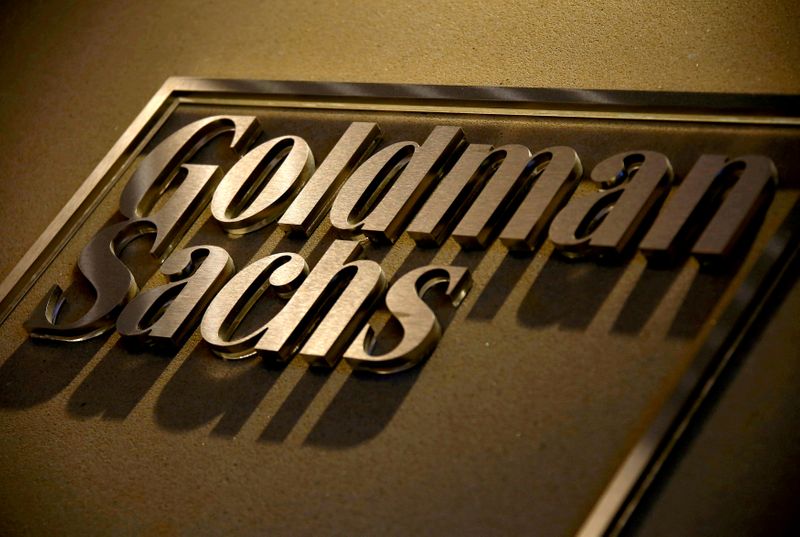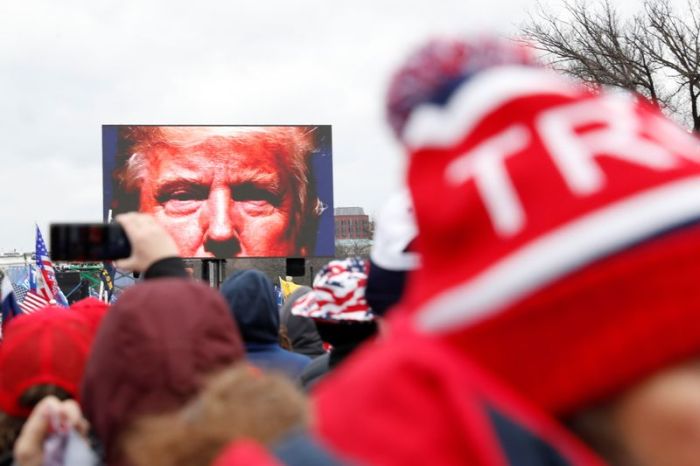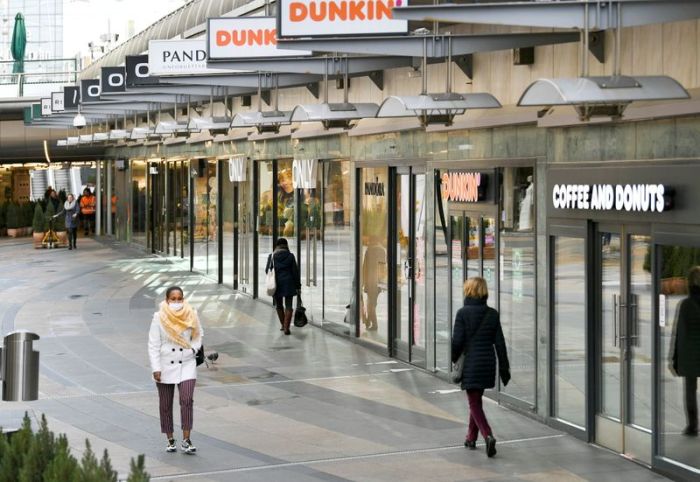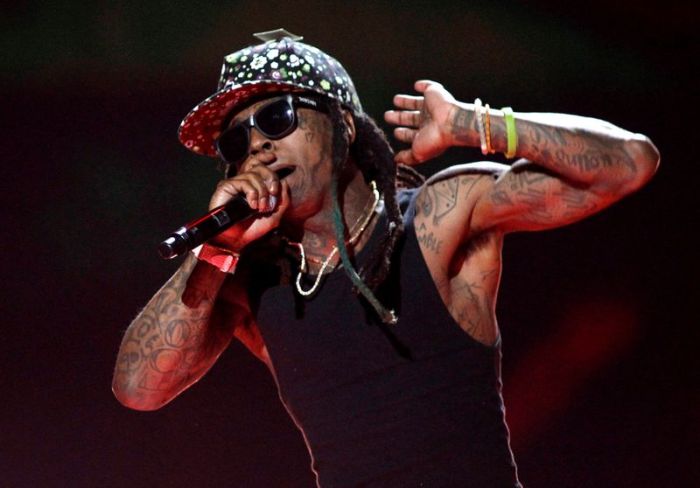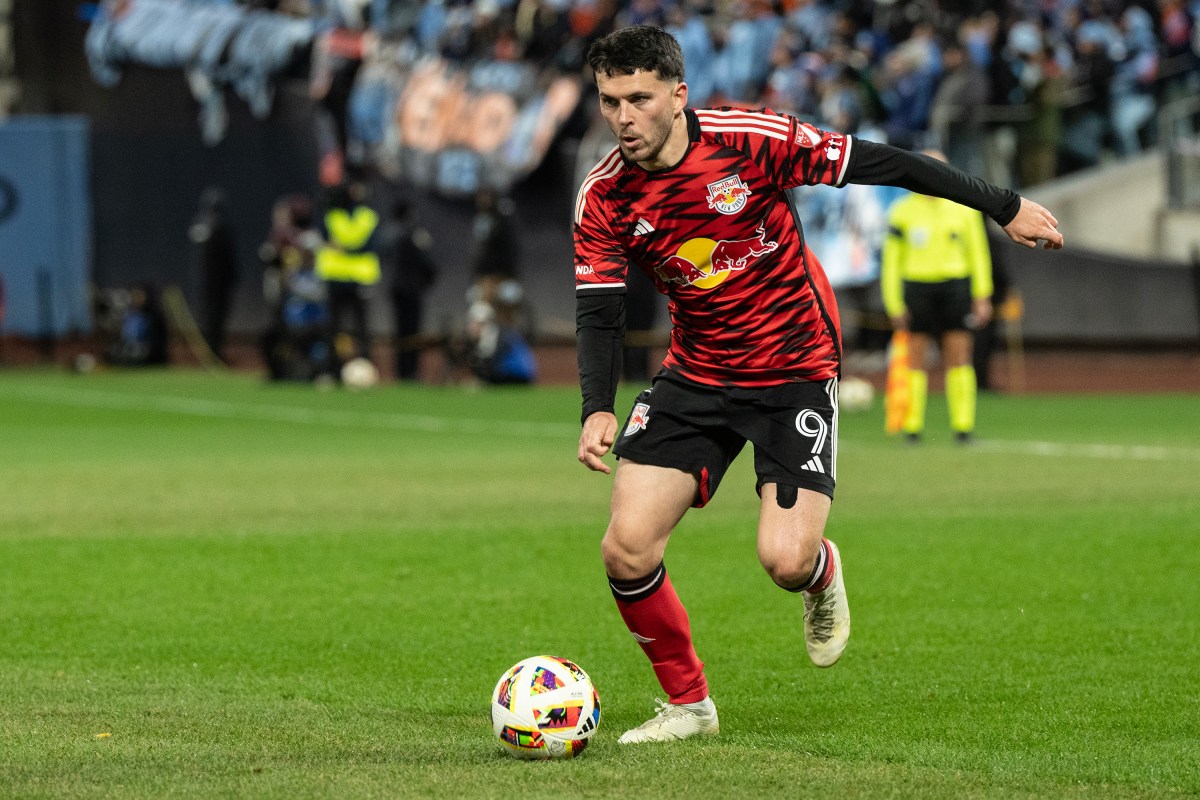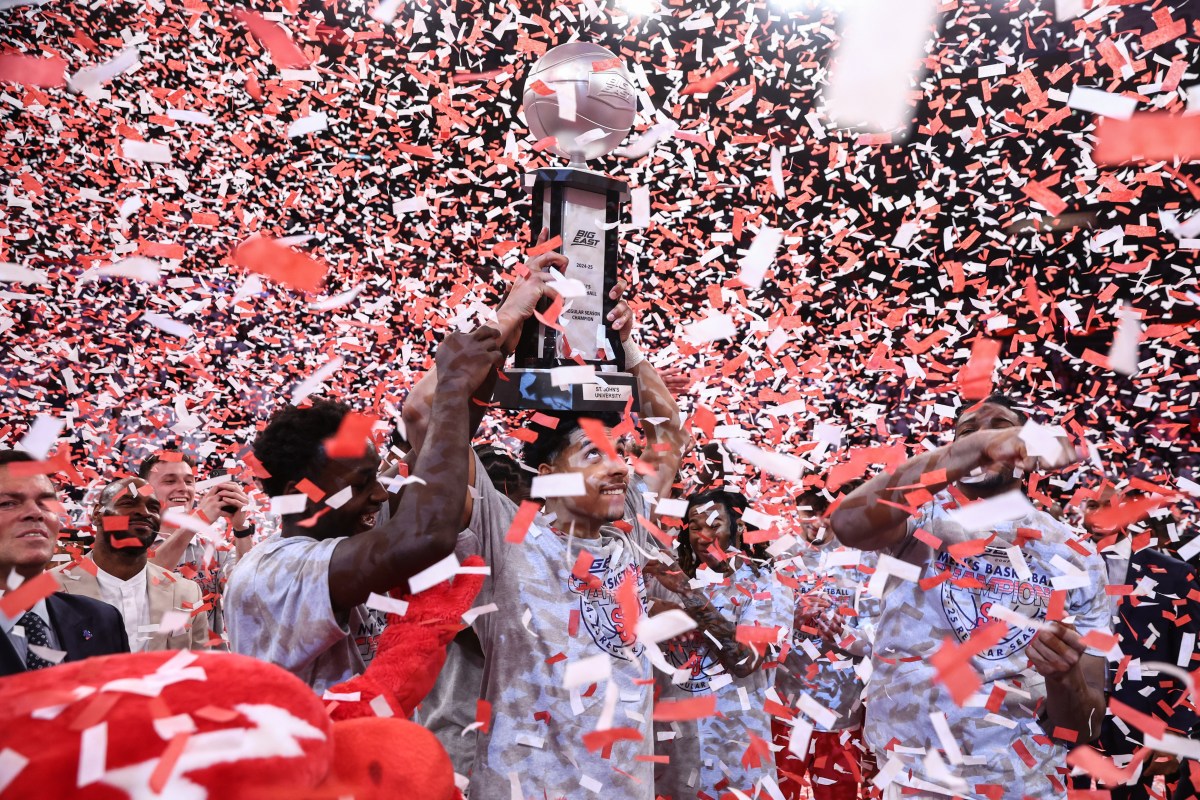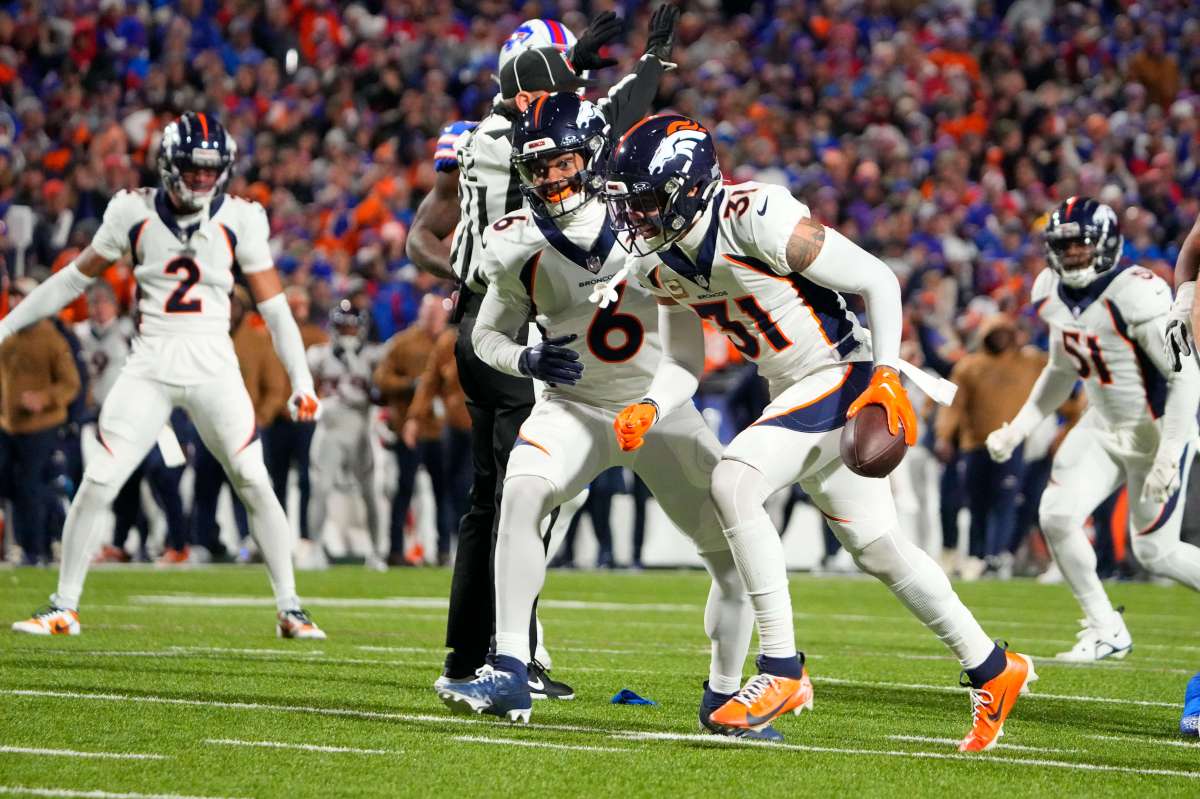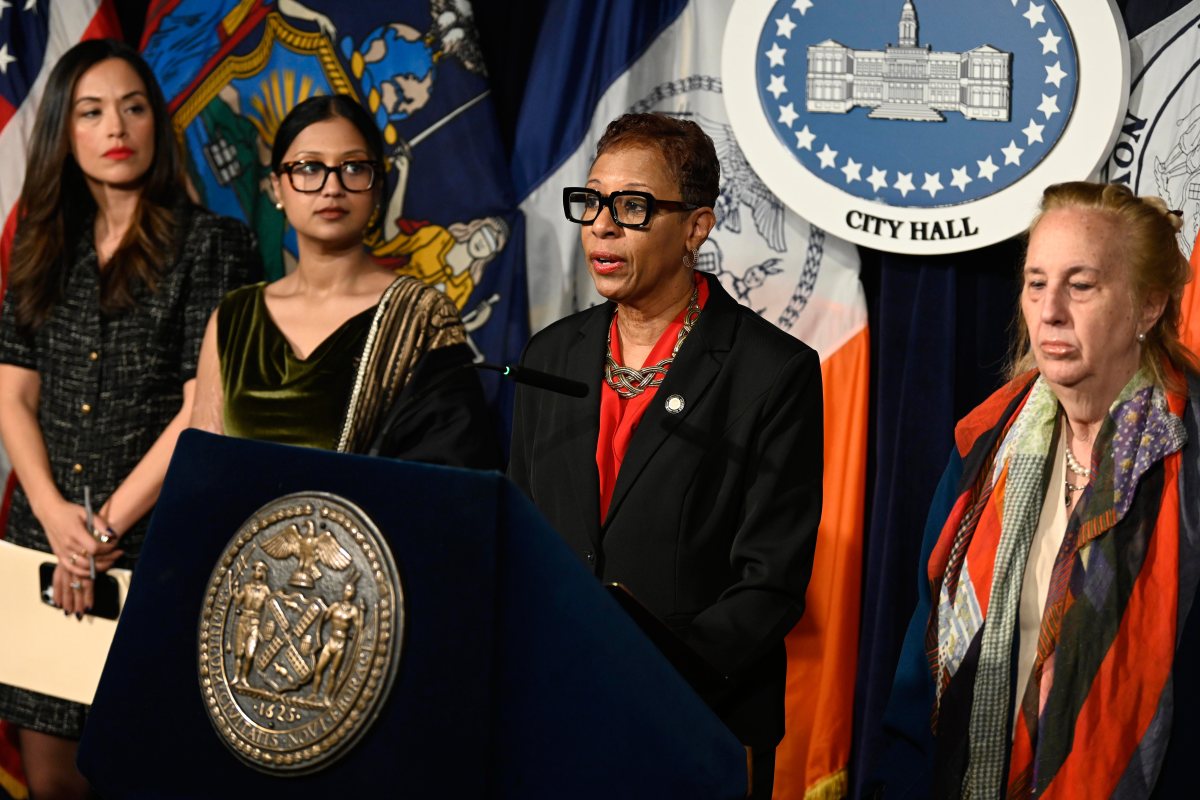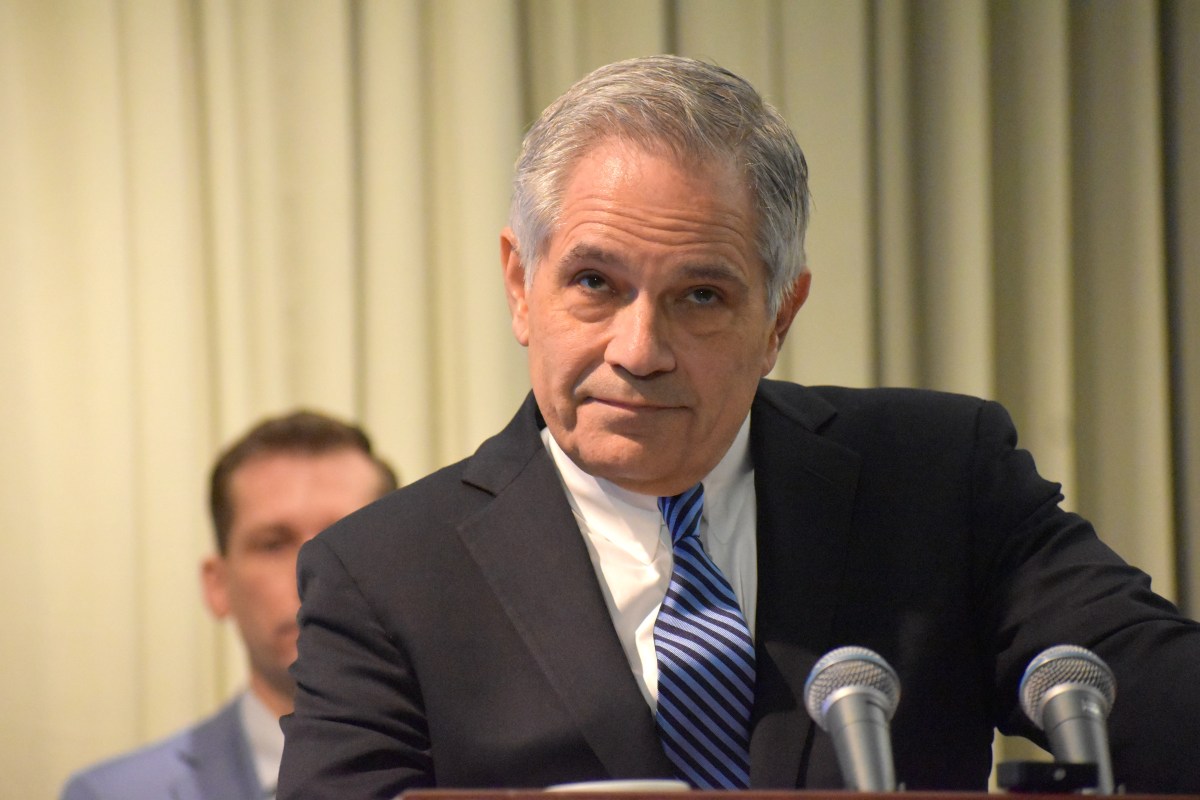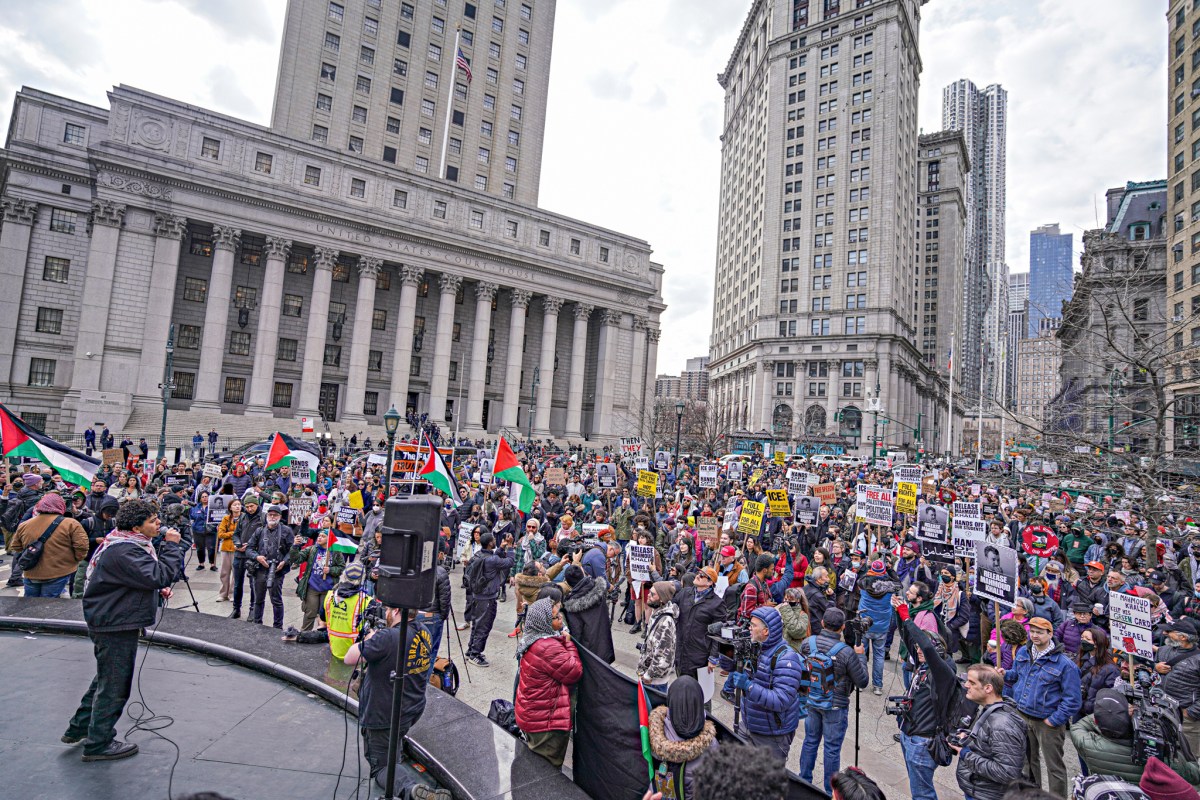(Reuters) – Goldman Sachs Group Inc posted a blockbuster fourth-quarter profit that dwarfed Wall Street estimates on Tuesday, but executives warned that capital markets activity fueling results lately will probably slow down and that the bank’s consumer business will take longer to get in the black.
Analysts pressed Chief Executive David Solomon and Chief Financial Officer Stephen Scherr about whether Goldman can hit profit targets they established if trading revenue declines meaningfully and if growth in Goldman’s retail business, Marcus, is much slower than expected.
They maintained firm-wide targets for efficiency and return-on-equity, suggesting that Goldman may lean on cost cuts instead of revenue growth to reach them.
“We’ve got levers to pull on expense,” Scherr said.
Management also backed away from an earlier goal to turn Marcus profitable in 2021.
Goldman hit the brakes on expanding consumer loans due to the coronavirus pandemic, while also investing more heavily in Marcus’s infrastructure. The business is on track to reach a deposit-growth goal, but it will take at least another year to turn a profit, Solomon said.
Goldman shares fell 1.6% to $296.27 in afternoon trading.
Solomon made Marcus a cornerstone of his broader strategy to make Goldman look more like a full-service lender catering to individuals and global corporations alike. But his strategy has faced questions from the start – about whether Goldman was out of its depth with consumer lending, whether it could compete against the likes of JPMorgan Chase & Co or Citigroup Inc when providing services to companies or whether it could deliver aggressive growth targets without a major acquisition.
Just last week, Goldman agreed to take over General Motors Co’s credit-card portfolio. The bank is considering further deals to bulk up Marcus, Reuters reported.
Nonetheless, Marcus represents a tiny portion of Goldman’s overall revenue – just 2.7% last year, as its Wall Street businesses flourished – underscoring how hard it will be for the bank to build a consumer franchise that becomes a household name like Chase or Bank of America Corp without a substantial acquisition.
UBS analyst Brennan Hawken asked management why they would invest Goldman’s own capital in technology and other infrastructure if there was an easy way to grow through M&A.
“The bar to do something significant is extremely high, and it’s not an easy thing to do,” said Solomon.
Management re-affirmed targets to reduce costs to 60% of revenue and produce a 13% return-on-equity by 2022. Last year, Goldman’s costs were 65% of revenue and its ROE, which measures how much profit the bank can squeeze from shareholder funds, 11.1%.
Goldman still intends to grow consumer deposits to over $125 billion by 2024, up from $97 billion in 2020.
BUMPER YEAR
Analysts mostly celebrated Goldman’s fourth-quarter results, which were driven by huge trading gains as well as a surge in underwriting fees.
The bank’s net income attributable to common shareholders more than doubled, to $4.4 billion, or $12.08 per share, from $1.7 billion, or $4.69 per share, in the year-earlier period.
Analysts had expected a profit of $7.47 per share on average, according to IBES data from Refinitiv.
“It was an exceptionally strong quarter,” said Oppenheimer analyst Chris Kotowski.
Revenue at all four of Goldman’s businesses rose in the final quarter, but trading added the most to its bottom line, jumping 23% to $4.3 billion on robust volumes and asset values.
Goldman’s trading operation registered its best annual performance in a decade as investors churned portfolios during a rollercoaster year. Dips and turns in coronavirus infection rates and policy responses, combined with social-injustice protests and a historic U.S. election created lots of volatility.
Trading accounted for 47% of Goldman’s revenue in 2020, up from 40% the prior year.
Investment banking revenue jumped 27% to $2.6 billion during the fourth quarter, driven mainly by equity underwriting, which was up 195% from the same period in 2019.
Total revenue climbed 18% to $11.7 billion.
The results helped Goldman absorb a $3 billion settlement with the U.S. Department of Justice and other regulators over its role in Malaysia’s 1MDB corruption scandal. The bank also set aside $3.1 billion to cover bad loans, compared to $1.1 billion last year, reflecting the impact of the pandemic.
(Reporting by Anirban Sen in Bengaluru and Matt Scuffham in New York; Writing by Lauren Tara LaCapra; Editing by Saumyadeb Chakrabarty and Nick Zieminski)

